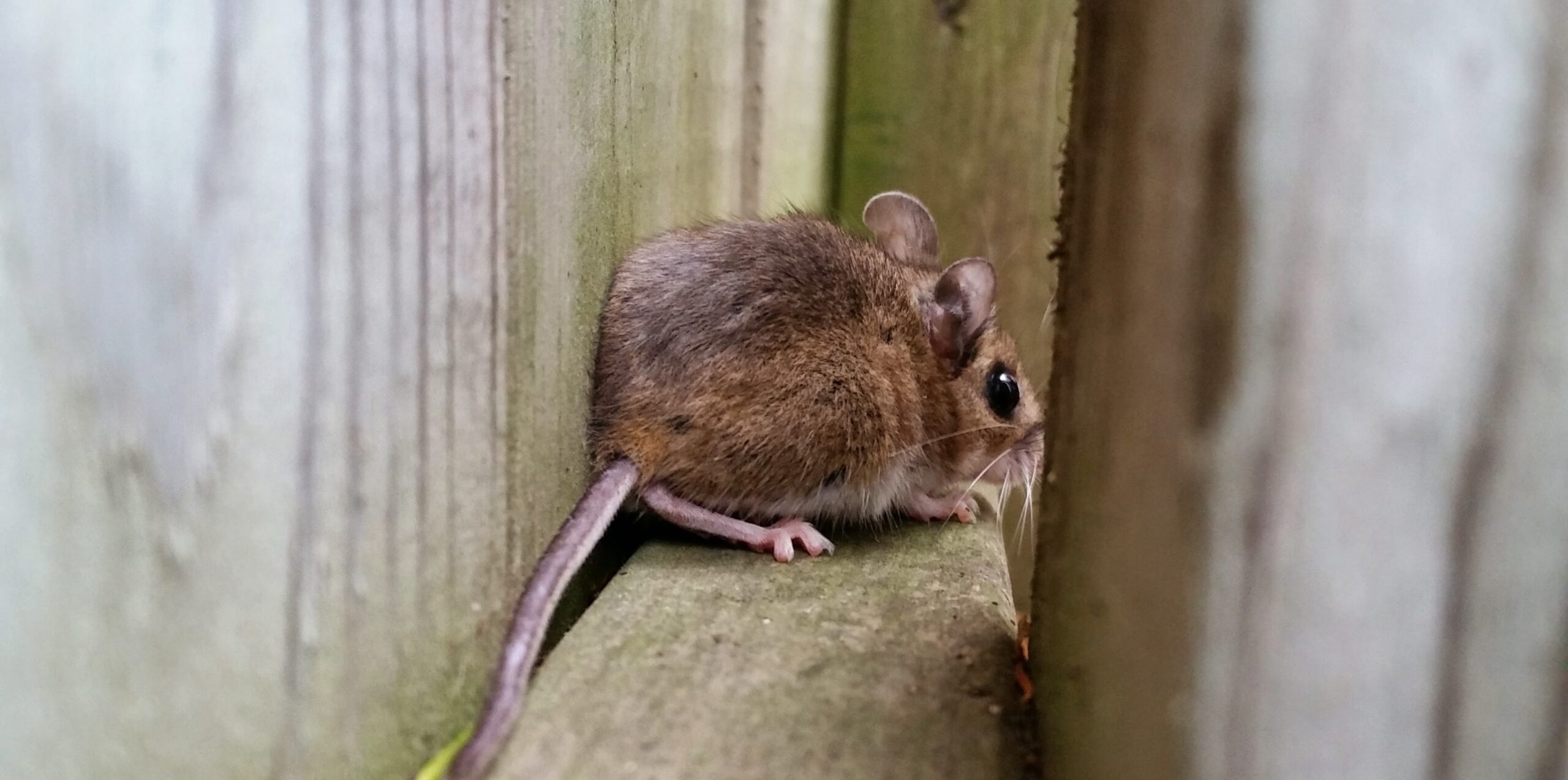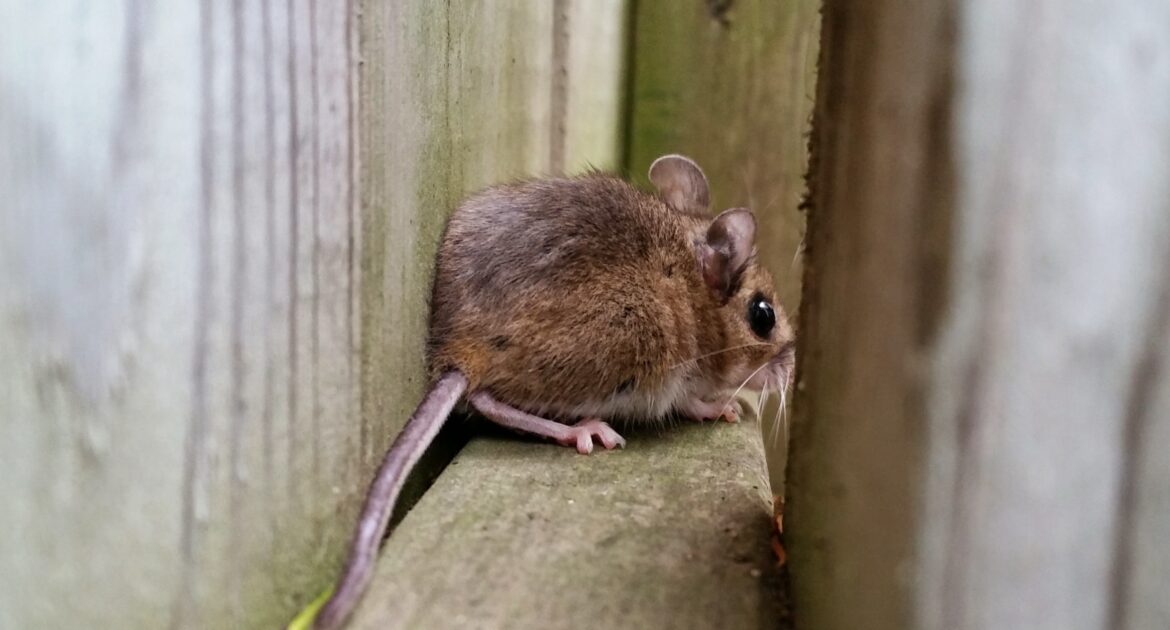If you’ve been spotting signs of mice in your home, you might wonder just how often they reproduce. The short answer? Yes, mice do have babies year-round. Their ability to reproduce in nearly any season, combined with their rapid breeding cycle, makes them one of the most prolific animals you’ll encounter in North Atlanta homes.
Understanding mice breeding habits and their life cycle trends is vital to tackling an infestation effectively. At Skedaddle Humane Wildlife Control in North Atlanta, we’ve seen firsthand how mice capitalize on warm, cozy homes to multiply faster than you’d expect. While the timing and intensity of breeding might vary depending on conditions, most mice continue to reproduce steadily throughout the year.
But what makes mice such effective breeders? And how does this impact your ability to keep them out of your home? Keep reading to explore year-round mouse reproduction, the unique traits of their life cycle, and how professional wildlife control can help you regain a mouse-free home.
Mice Breeding Habits at a Glance
Mice have earned their reputation as prolific breeders for good reason. Here’s what you need to know about their breeding habits:
- Mice start young: Female mice can start reproducing as early as 6 weeks old. Their rapid growth into reproductive maturity fuels their population growth. This means a single mouse can quickly turn into a whole family, especially in a safe environment like your home.
- Frequent litters: A single female can give birth to a new litter every 19 to 21 days. That means up to 10 litters a year! With no lengthy breaks between litters, their population can grow out of control before you even notice.
- Large litters: Each litter typically contains 6 to 8 babies. Over time, this adds up to dozens of new mice within months. Once those babies mature, they also start having their own litters, creating multiple generations of mice in a short time.
- No off-season: Unlike some animals, mice are not influenced by seasonal changes. If there’s food, warmth, and shelter, they will continue breeding non-stop. This constant reproduction makes it critical to address infestations immediately, no matter the time of year.
These factors contribute to their ability to quickly overrun any space, from attics to basements. Their speed and efficiency mean that a few sightings can quickly turn into a full-blown infestation.
Key Mouse Life Cycle Trends
To understand how mice grow their population so quickly, it helps to break down the trends in their life cycle. Here’s what stands out:
Rapid Development
Mouse pups start life completely helpless, relying on their mother for warmth, food, and safety. Within just a few weeks, they grow fur, open their eyes, and begin to explore independently. Their rapid development doesn’t stop there.
By the time they’re only 6 to 8 weeks old, they’ve already matured enough to have their own litters. This incredibly short lifespan to maturity cycle allows mouse populations to grow at a shockingly fast rate, especially in environments like homes where they face little danger.
High Survival Rates Indoors
Outdoors, mice face constant challenges such as predators, bad weather, and limited food supply. However, inside a home, they find a near-perfect environment to thrive. Warm walls, hidden nesting spots, and a steady supply of food make survival much easier.
Without the constant stress of fighting nature to stay alive, indoor mice can dedicate more energy to raising litters. This safe habitat leads to longer lifespans and more breeding opportunities, causing their population to grow quickly.
Overlapping Generations
Unlike many animals, mice don’t operate on a one-generation-at-a-time rule. Parents continue to breed while their young reach reproductive age within weeks. Soon, grandparents, parents, and offspring may all be reproducing simultaneously within the same area.
This overlap creates an exponential growth in population, where a small group of mice can turn into hundreds in just a few months. Before you know it, a small problem has turned into a major home invasion.
Adapting to Human Environments
Mice are masters of survival and thrive wherever humans live. They easily find ways into homes through tiny cracks and holes, making kitchens, laundry rooms, and basements their perfect new habitat. They’ll help themselves to crumbs, sneak pet food from bowls, and chew through boxes to get to stored snacks.
Their ability to use human environments to their advantage ensures they never lack food or shelter. This adaptability not only keeps them comfortable but also allows them to reproduce without interruption.
Why Year-Round Reproduction Matters
The fact that mice have babies year-round has a big impact on homeowners. It means your risk of a mouse infestation isn’t just a winter problem; it exists all year. Here’s why that matters:
- Rapid Overpopulation: Given the speed at which mice reproduce, missing a small infestation can lead to dozens of new mice within a few months. Even spotting a single mouse can indicate an expanding population.
- Structural Damage: Mice chew through wires, drywall, and insulation to build nests for their growing families. Over time, this damage becomes costly and dangerous.
- Health Risks: Mice leave behind droppings and urine, which can carry diseases. A breeding population continually spreads these hazards throughout your living space.
- No Seasonal Break: Many pests, like ants or mosquitoes, are easier to manage in colder months. Mice, on the other hand, require intervention at any time of year because their reproduction never stops.
Understanding these implications highlights the importance of swift action when dealing with mice. You can’t afford to wait and hope the problem goes away.
Dealing With Mice Breeding in Your Home
If mice reproduce this rapidly, what’s the most effective way to manage them? Professional wildlife control is the answer. At Skedaddle Humane Wildlife Control, we use methods that are safe, humane, and long-lasting.
How We Approach the Problem
Here’s how we help North Atlanta homeowners take back their spaces:
- Detection and Assessment: We start by identifying the entry points mice are using to get in and areas where they’re nesting.
- One-Way Doors: Using specially designed one-way doors, we allow mice to leave your house but block them from getting back in. This prevents future reproduction inside your living spaces.
- Sealing Entry Points: Once the mice are out, we seal up every possible entry point to keep new mice from coming in. This includes gaps around pipes, cracks in the foundation, and other common access points.
- Cleaning and Sanitization: Our team cleans and sanitizes affected areas, bringing your home back to a safe, comfortable condition.
Why DIY Methods Aren’t the Answer
Many people try traps or poisons to control a mouse infestation, but these methods fail to address the root of the issue. Unless you block access and prevent continuous breeding, mice will keep multiplying. That’s why working with us ensures a comprehensive, effective solution.
A Fresh Start With a Mouse-Free Home
The constant cycle of mice breeding habits and year-round mouse reproduction can feel overwhelming, but you don’t have to face it alone. Skedaddle Humane Wildlife Control in North Atlanta specializes in breaking this cycle with safe, proven methods.
If you’re ready to stop the endless reproduction and take back your home, request an estimate today. We’re here to help you reclaim your space for good!




